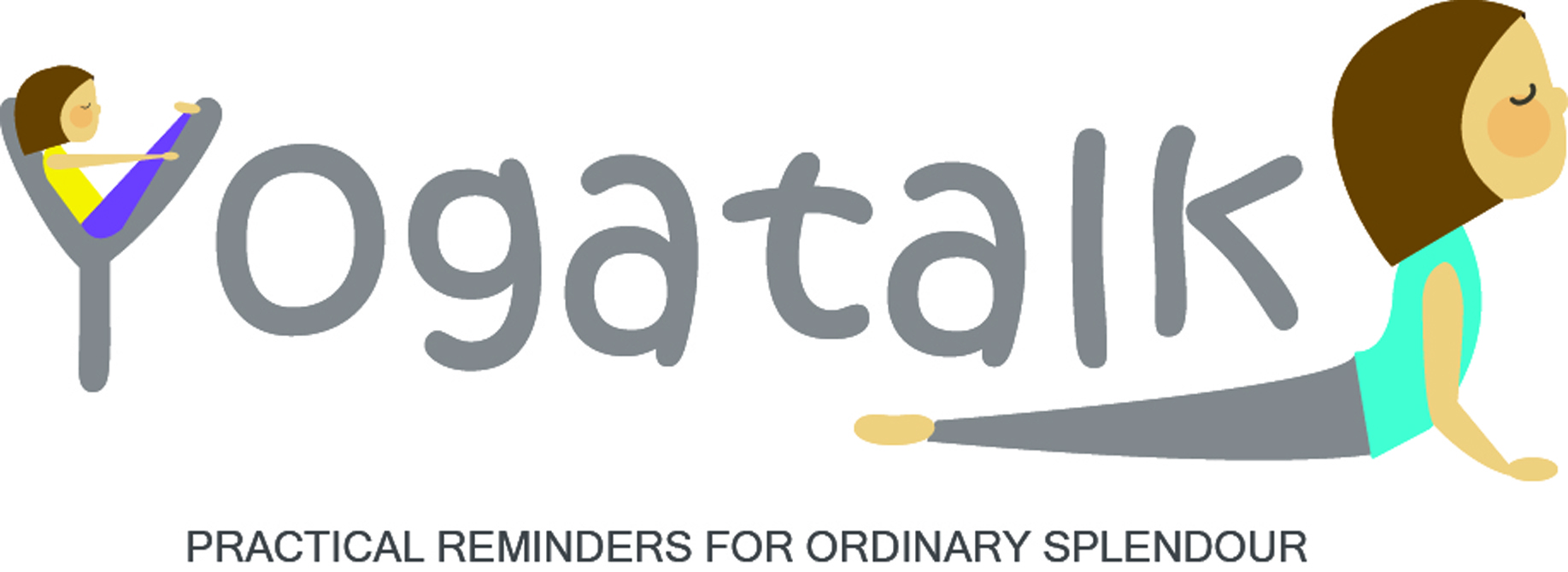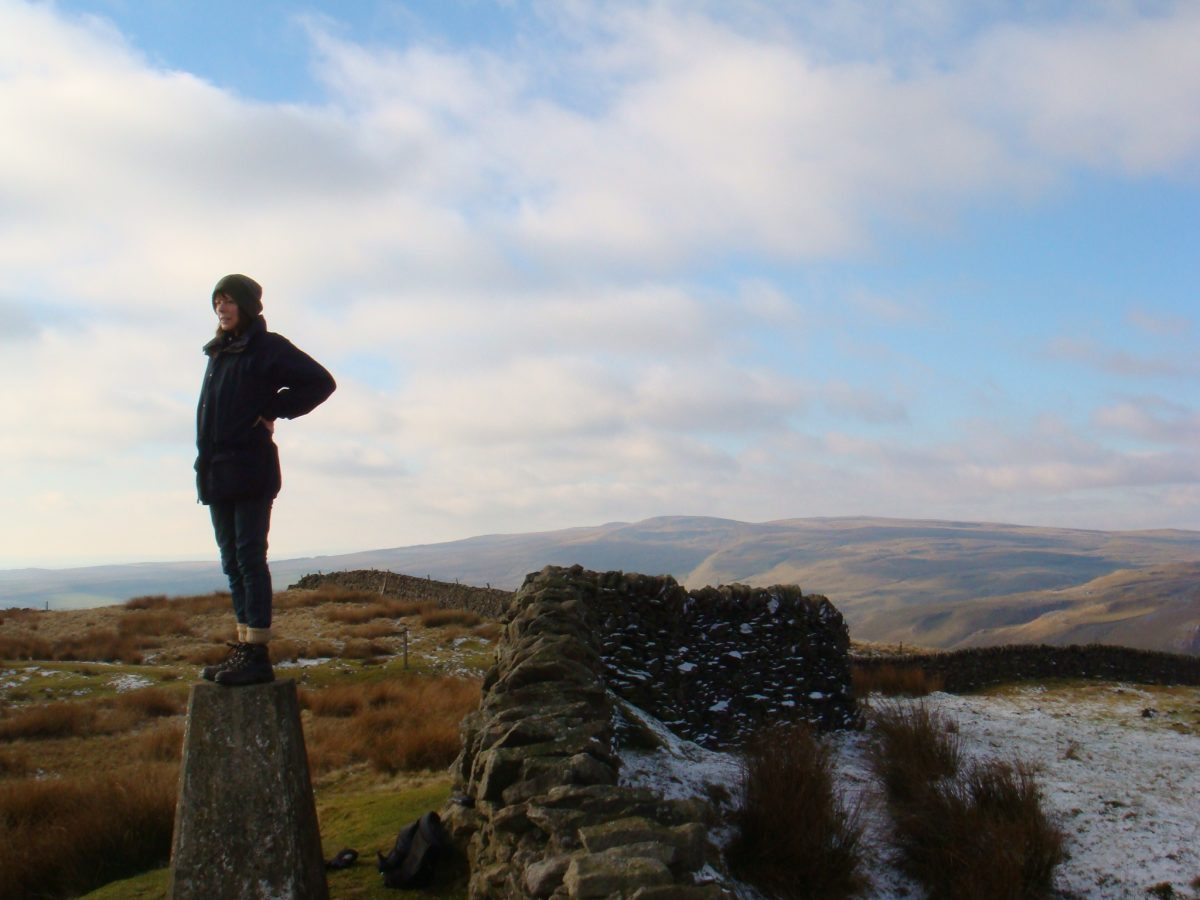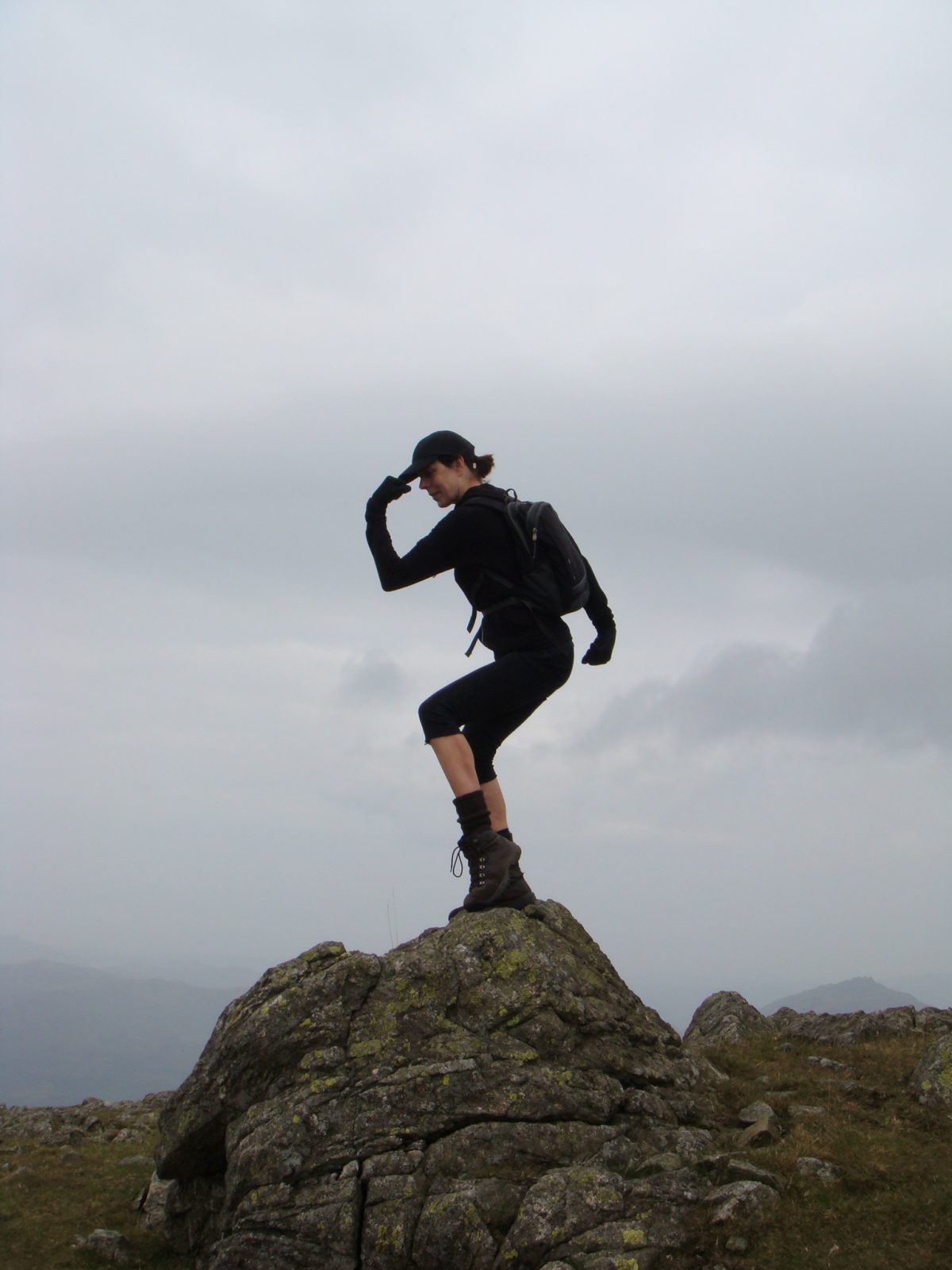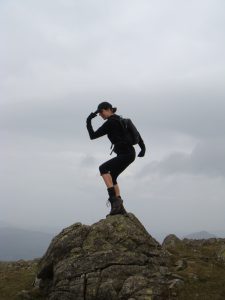 We can occasionally find opportunity to do nothing but stand empty-handed.
We can occasionally find opportunity to do nothing but stand empty-handed.
We can make the best of a waiting or queueing situation.
Length will vary, with each occasion different. 15 minutes is a long stand, but 2 is still useful. Take advantage of such moments throughout the day. Let what begins as conscious effort become intuitive, until it no longer feels like practice.
Don’t expect every practice to be interesting or enjoyable. Even when we’re not waiting for something, restlessness and agitation can still be a challenge.
Obvious influencing factors are footwear, clothing, environment and circumstance – pleasant or otherwise.
Recognise inconspicuous opportunities in public or in private – especially when barefoot.
Wherever we are, however we feel, a practice can be beneficial to mind state and comfort in standing.
Why not try it now, let’s begin…
Sense the freedom of a pause from action, and interaction.
Put down bags, be empty-handed.
Become aware of breathing.
Let yourself settle, grow and widen.
Release the jaw, gaze at nothing in particular, eyes relaxed or closed.
If in public, be inconspicuous and pause from interaction.
Stand on both feet equally; let surroundings fade into background.
Notice the feet. Feel their floor contact, and their comfort or discomfort. Allow the toes to wriggle if possible.
Rock on the feet slightly: forward, back, all round. Imagine them even springier and stronger.
Let the heels lift slightly by pressing the balls of the feet down, and then settle, no longer moving but relaxing.
Focus from the waist downwards. Are the buttocks clenching too tightly? Are you holding-on too much in the belly?
Try not to let overtight leg muscles push the knees back.
Relax the legs as much as possible but keep the feet springy.
Loosen the hands, and allow the shoulders to let go of the arms.
Play with how weight distributes around your feet. Can you relax more and resist standing stiffly?
Optimise muscular action, in the buttocks, the abdomen, and the muscles around the waist. Rather, let them collaborate in more effortless standing.
Bringing your attention to the ribcage; sense its volume. Feel it move with the breathing. Allow the back to widen.
Notice armpits. Bend the arms slightly, then relax them.
Permit the head to lightly nod, rotate, then settle, with chin level.
Feel the head float up – imagine it weightless. Let jaws, lips and face relax. Back of neck soft. Imagine the eyes themselves softly smiling.
All below the waist is anchored by gravity, whilst all above can release up, like a plant toward sunlight.
Resist trying. Can you enjoy the energy and vitality of effortless standing?
When you sense the time to stop, let the breath deepen.
Let ears listen and eyes look. Take in surroundings. Then, till the next time, move on.



